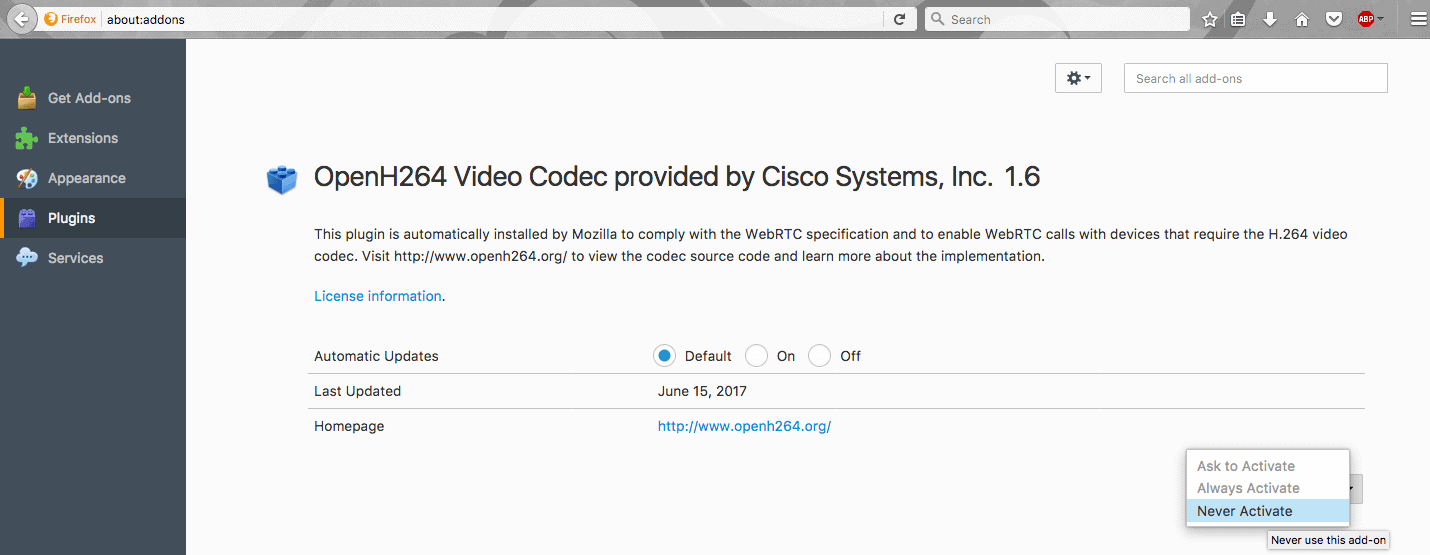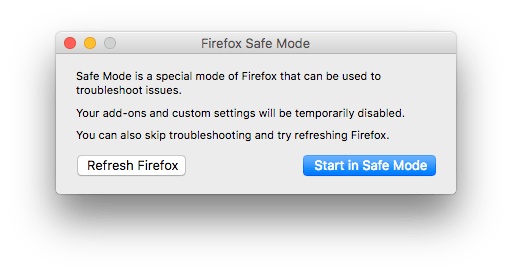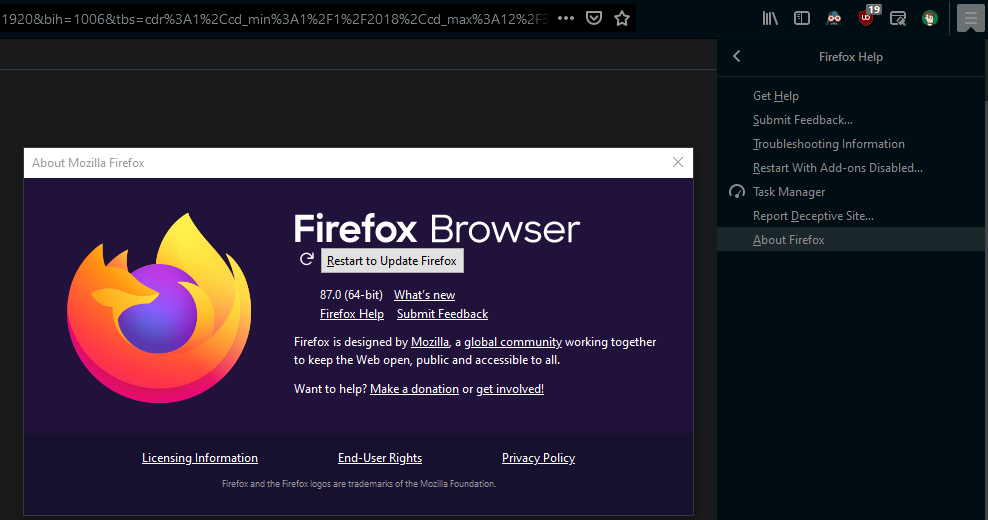

- #FIREFOX FOR MAC IS RUNNING SLOW INSTALL#
- #FIREFOX FOR MAC IS RUNNING SLOW UPDATE#
- #FIREFOX FOR MAC IS RUNNING SLOW VERIFICATION#
- #FIREFOX FOR MAC IS RUNNING SLOW SOFTWARE#
Get help from the Figma Support team →Īs Figma and FigJam run in the browser, Google's Chrome browser can translate some of the interface to another language. Figma's Support team is only able to provide support in English.

Head to Safari > Preferences in the main menu.
#FIREFOX FOR MAC IS RUNNING SLOW UPDATE#
Safari is automatically updated by macOS whenever there is a new version. If there is a new version of macOS available, you'll be able to update this on your computer directly, which will also update Safari with any required updates.
#FIREFOX FOR MAC IS RUNNING SLOW INSTALL#

You'll be able to see the current version and whether or not it is up to date:
#FIREFOX FOR MAC IS RUNNING SLOW SOFTWARE#
Update the Override software rendering list to enabled. This should be near the top of the list: Alternatively, you can search for WebGL related flags and update this to Enabled. If WebGL isn't currently enabled, you can head to your Chrome Flags settings in your browser: chrome://flags/
#FIREFOX FOR MAC IS RUNNING SLOW VERIFICATION#
Now it's my word against his.Īnyway tom's guide's almost blind replication of Birchter's article without any commentary or independent testing or verification of his claims has killed my opinion of it. I use chrome and have it configured to run apps in the background too so it can be quite resource hungry at times, however it's never been the source of any performance issues. I would argue that the stats suggest he is in the minority. Birchter claims that Keystone has been a thorn in the side of mac users since 2009. Various counts put Chrome global market share at ~65%-71% of ~3.734bn-4.66bn unique users. In fairness Birchter's appears to be an edge case I'm not saying that Chrome hasn't or doesn't cause performance issues in certain scenarios/environments, but I do think that it isn't likely to be that many people (as in all software). This tends to mean that anything bad could and would have been spotted and fixed, in my opinion. I don't know much about Keystone, except that it's open source, which means anyone can peak inside. His recommendations are subjective, so I wouldn't take his advice.

His claims are anecdotal and he provides no evidence or even detail about them. I'm really disappointed to see that article posted on tom's guide! Loren Brichter's website isn't particularly well written.


 0 kommentar(er)
0 kommentar(er)
